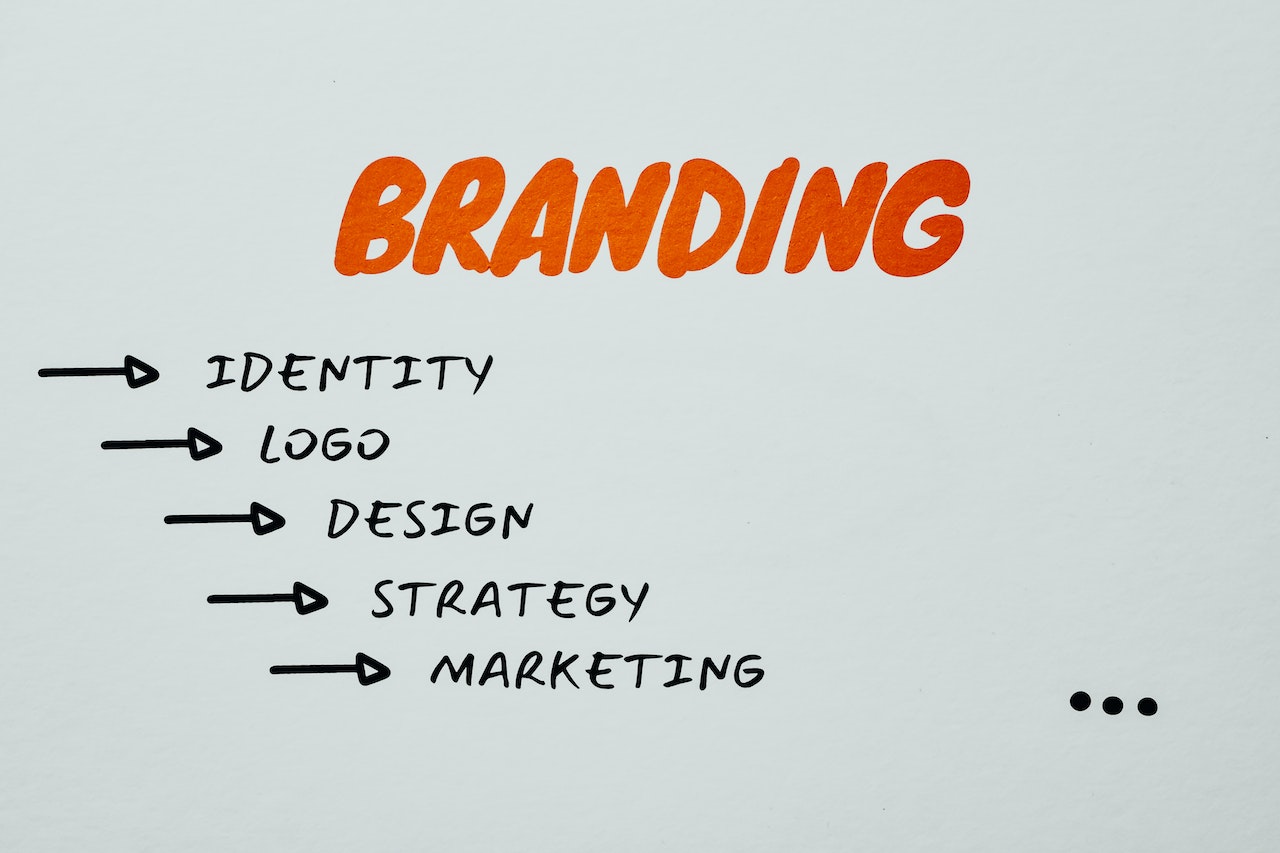Creating a strong brand identity is essential for any business looking to establish itself in today’s competitive marketplace. Building a solid brand awareness strategy can help your business stand out from the crowd and attract new customers. In this blog post, we’ll be sharing some valuable tips and insights to help you create a successful brand identity and build brand awareness effectively.
Understanding the Importance of Brand Awareness
By creating a recognizable brand, businesses can better establish themselves amongst their target audience and build campaigns that cater to their needs. Developing the right tone of voice, visual designs, and establishing a unique selling proposition are all important attributes that help to create and maintain strong brand awareness. By being aware of these key components, businesses can create value for their customers that extends beyond just the products they offer.
Developing a Distinctive Brand Voice and Creative Visuals
Your brand voice should be consistent and reflective of your company’s values and personality, whether it is serious or light-hearted. This consistency in tone of voice builds trust and familiarity among your customers. Along with a strong brand voice, creative visuals are a must to capture the attention of your target audience. High-quality and eye-catching visuals, such as logos, graphics, and images, represent your brand and help you stand out among competitors. When developing your brand voice and visuals, it is important to keep your target audience in mind and tailor your messaging accordingly. Additionally, don’t forget to include clear brand guidelines for all team members to ensure consistency in all aspects of your brand identity.
Establishing a Tone of Voice That Resonates
Establishing a tone of voice is crucial in developing a distinct brand identity. When creating a brand voice, it is important to consider the target audience and make sure to resonate with them. By understanding the preferences and pain points of the audience, a brand can tailor its voice to connect with them on a deeper level. Consistency in brand messaging is also key. If a brand is inconsistent in its tone and messaging, customers may become confused or disengaged. Therefore, it is essential to establish an authentic, consistent voice that reflects the brand’s personality and values. This helps to build trust and credibility with customers and can lead to increased brand awareness and loyalty.

Building Consistency in Your Brand Image
Consistency is key when building a brand image. It means that customers can recognize your brand at a glance, whether they see your logo or just your colors. Consumers need to see your brand image in the same way each time to form a lasting impression. That’s why taking the time to create a comprehensive brand style guide is a smart investment for your business. A consistent brand image creates a sense of familiarity and trust, leading to loyal customers and better brand awareness.
Knowing Your Audience and Speaking to Them
By understanding your target demographic’s preferences, interests, and pain points, you can create messaging that speaks directly to them. This includes choosing the right language, tone, and communication channels that resonate with your audience. By speaking to them in a way that feels authentic and relatable, you can establish trust and build a loyal customer base. It’s also important to stay up-to-date with your audience’s evolving needs and preferences, so that you can continue to adapt and tailor your messaging accordingly. Ultimately, by putting your audience at the center of your brand strategy, you can create a meaningful connection with them and build long-term brand awareness.
Going Beyond the Product: Creating Value for Customers
Going beyond the product is a crucial part of building brand awareness and creating long-term customer loyalty. Providing additional value to customers can help your brand stand out in a crowded marketplace. This can be achieved by offering exceptional customer service, providing useful information through blog posts or newsletters, hosting events or webinars, or partnering with other businesses to offer special promotions or discounts. By stepping outside the traditional product-focused marketing approach and focusing on meeting the needs and interests of your target audience, you can build a strong emotional connection with customers, leading to increased brand awareness and improved revenue.







